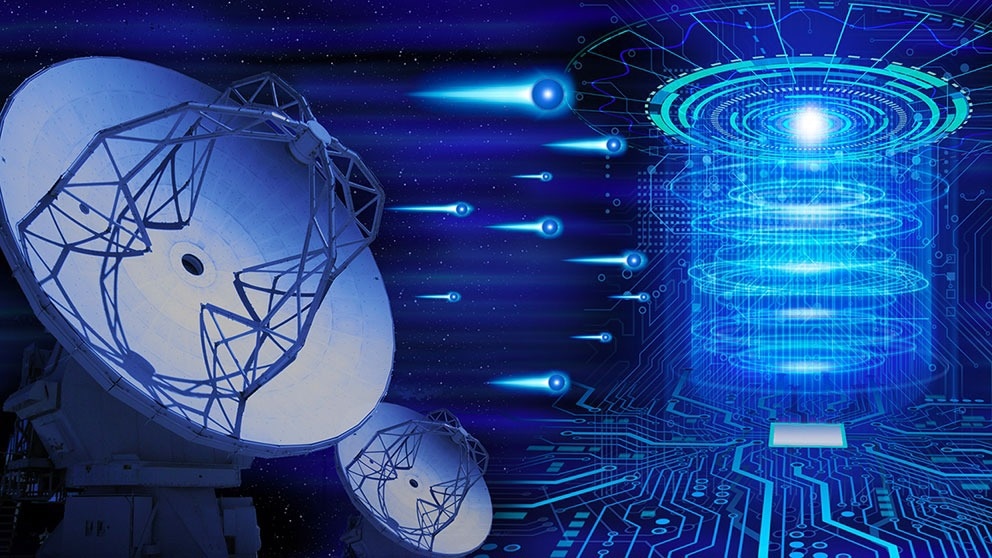At the National Astronomical Observatory of Japan (NAOJ), a novel microwave isolator has been invented by scientists and established its fundamental principle for the first time, allowing small isolators that will be necessary for quantum computers in the future.

Image Credit: National Astronomical Observatory of Japan
This isolator comprises two frequency mixers, which have been extensively utilized in receivers for radio telescopes and set the stage for developing large-scale multi-pixel radio cameras.
An isolator is an electronic component that regulates the direction of signal propagation and has been utilized in several instruments, such as radio receivers and quantum computers for astronomy. Traditional isolators make use of magnetic materials, which in principle, make it hard to build an isolator smaller than a few centimeters.
This is a hindrance to the realization of large-scale quantum computers with one million qubits. Currently realized quantum computers have just around 100 qubits, and to increase this number by a factor of 10,000 would need several components, such as isolators, each of which would have to be miniaturized. A similar issue prevails in the development of large-format cameras available for radio astronomy observations.
In this new study, the research group made use of two sets of frequency mixers for an isolator rather than magnetic materials and have illustrated the principle in both experimental and theoretical ways.
This is based on a completely new principle. We have created a novel circuit device in the microwave band. It is also significant from an electrical engineering point of view, as the new isolator can provide highly scalable circuits.
Sho Masui, Project Researcher, Advanced Technology Center, National Astronomical Observatory of Japan
One of the significant scalability advantages is the fact that the new isolator could be configured completely within a flat circuit on a printed circuit board. This implies that an isolator with integrated circuits could be miniaturized to the millimeter scale, which is around 1,000 times smaller in volume compared to the traditional isolators.
The research group has higher aim, and they are looking at developing isolators that could amplify signals. The frequency mixers that have been extensively utilized in radio observation equipment are superconductor-insulator-superconductor mixers (SIS mixers), which consist of the function of amplifying signals.
In this development, a commercially available semiconductor mixer is utilized as a frequency mixer, but if an SIS mixer is utilized instead, a new device that has the potential to both amplify signals and function as an isolator will be identified.
Radio wave observation equipment and quantum computers share some common development elements. NAOJ has accumulated knowledge in the development of observational instruments for radio waves and visible and infrared light. Recently we established the Social Implementation Program in the NAOJ ATC and formed a project team to promote technological development for the application of quantum computers. We will continue to develop breakthroughs in these two fields.
Yoshinori Uzawa, Director of Engineering, National Astronomical Observatory of Japan
Journal Reference
Masui, S., et al. (2023) A Novel Microwave Nonreciprocal Isolator Based on Frequency Mixers. IEEE Microwave and Wireless Technology Letters. doi.org/10.1109/LMWT.2023.3253124.